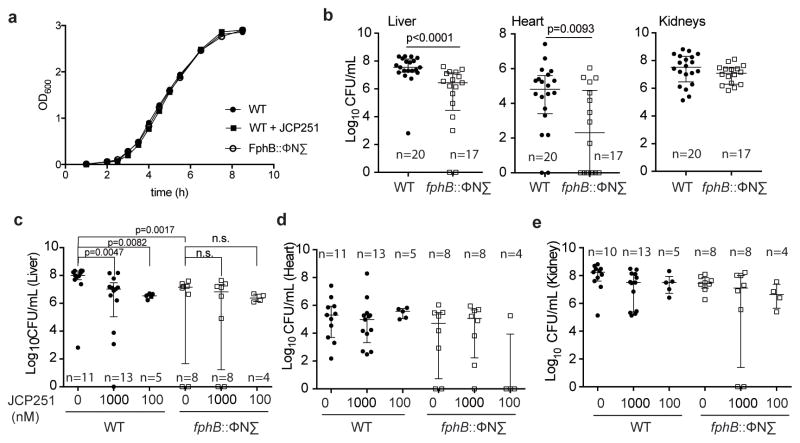Fig. 6. Effects of loss of FphB activity on infectivity in vivo.
a) Growth curves of S. aureus Newman and its isogenic transposon mutant strain fphB:: ϕNΣ and Newman WT in TSB with or without 1 μM JCP251, as indicated. Graph shows means of three (WT) or two biologically independent cultures (WT +JCP251, fphB:: ϕNΣ). b) Plots of total CFU recovered from indicated organs of BALB/c mice 96 hours after intravenous infection with S. aureus Newman WT or fphB:: ϕNΣ. Graphs show pooled data (median ± interquartile range, WT: n=20, fphB:: ϕNΣ. n=20) from 4 independent experiments. Significance was tested by unpaired, two-tailed Mann-Whitney test. c–e) Plots of total CFU recovered from indicated organs of BALB/c mice 96 hours after systemic infection with S. aureus Newman WT and fphB:: ϕNΣ that were pretreated with JCP251 or vehicle for 60 min. Graph shows pooled data (median ± interquartile range, sample size of different groups is indicated in the graph) from 2 independent experiments. Kruskal-Wallis test of analysis of variance among each of these datasets revealed that only in the liver median CFU values vary significantly (liver: p=0.0058, heart: p=0.1530, kidneys p=0.0956). Pairwise significance testing within the liver dataset (as indicated in c) was done by unpaired, two-tailed Mann-Whitney test.

